Seasons – November 2023
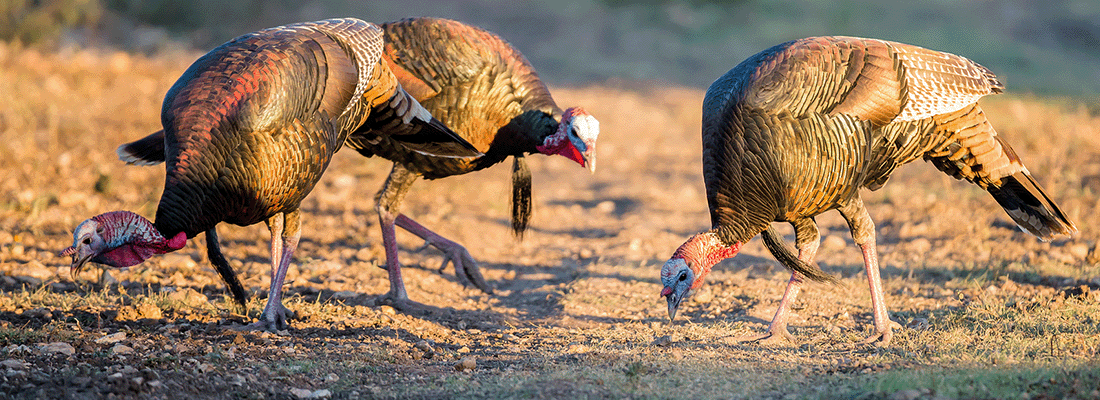
From the Plateau Land & Wildlife Management Team
November is the perfect balance of fall and winter; it means deer and quail season, brisk weather, time spent with loved ones, and yes, even the beginning of the holiday season – it also means the conclusion of 2023 is on the horizon.
For landowners who wish to beat the Texas heat, November is the perfect month to tackle some projects on your To-Do list. With the end of the year quickly approaching, now is the time to complete and record any additional wildlife activities for your Wildlife Management plan.
In this issue of Seasons, we highlight several straightforward tasks that can be recorded as qualifying activities for those in wildlife as their open-space property tax status. You’ll also find tips for recording your activities, helpful guides, and news relevant to Texas landowners.
We hope you’ll find this issue of Seasons a beneficial resource, and if there’s any way that Plateau Wildlife or any of our family members can help you protect, enhance, or better enjoy your land during this special season, just give us a call. We’ll be here when you need us.
Until next Seasons,
The Plateau Team
Table of Contents
On the Record: Best Practices for Annual Wildlife Management Reporting
Easy Wildlife Management Activities for Fall
Wildlife Webinar: New and Proven Methods for Feral Hog Control
Fall Wildlife Management Plan Sale
Guest Feature: Legal Tools for Protecting Legacy Land & Limiting Liability
News for Texas Landowners
ON THE RECORD: BEST PRACTICES FOR ANNUAL WILDLIFE MANAGEMENT REPORTING
By David Riley, Plateau Staff Biologist II, Associate Wildlife Biologist, & Registered Property Tax Consultant
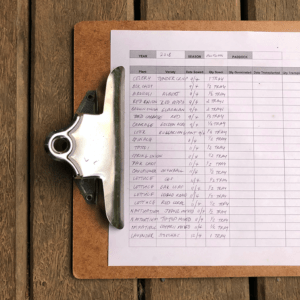
Most counties require your annual report to be submitted prior to April 30 of the following year – Plateau offers a service to take this weight off your shoulders. A Plateau Annual Report is thoroughly prepared by a Plateau biologist and includes a Texas Parks & Wildlife annual report form, all activity documentation, and the peace of mind that your Wildlife Management Valuation stays in place for only $550.
A well-composed annual report can prevent unnecessary attention from the CAD and is the best way to protect your valuation. Plateau does more than 1100 of these each year. We maintain great relationships with all the CADs and know precisely what information they will want to see.
With more and more CADs requesting this report every year, it is essential that qualifications are met and well documented for each year, and on all wildlife management properties. A well-done and complete annual report can make all the difference. Your annual report is your best opportunity to show the appraisal district what you’re doing and is the only thing they may ever see that shows them your commitment to Wildlife Management.
Record Keeping Tips:
1: Always take photos of your activities
- Take new photos every year even if nothing has changed.
- Be sure to take before and after photos of activities like brush management.
- If you think that it is a wildlife management activity then you should take a photo of it
2: Keep accurate logs of the activities conducted.
- Keep a logbook at the property, or in the vehicle/UTV you use around the property.
- Keep accurate logs at the time you do the activity, so you don’t have to remember it later.
- Follow this link to downloadable activity logs.
3: Refer to your wildlife management plan.
- Your wildlife management plan is your guide to what activities might be best for your targeted species.
- This can help ensure that you are meeting minimum intensity requirements with your activities.
4: Keep receipts for all wildlife management activities.
- This can be for feed, nest box parts, brush management equipment, etc…
5: Organize all documentation by activity.
- This makes it easier for you to see exactly what you have done throughout the year and becomes a checklist to ensure that you meet minimum requirements. (Minimum requirement is three of the seven activity categories)
6: Utilize maps when possible
- Mark areas where feeders, water sources, nest boxes, etc. are located.
- Draw areas where brush management, erosion control, fire ant treatment, etc. occur
If you have questions or would like more information about appropriate Wildlife Management activities for your property, please contact us at (512) 894-3479 or [email protected].
Back to TopBack to Top
EASY WILDLIFE MANAGEMENT ACTIVITIES FOR FALL
by PLW Staff
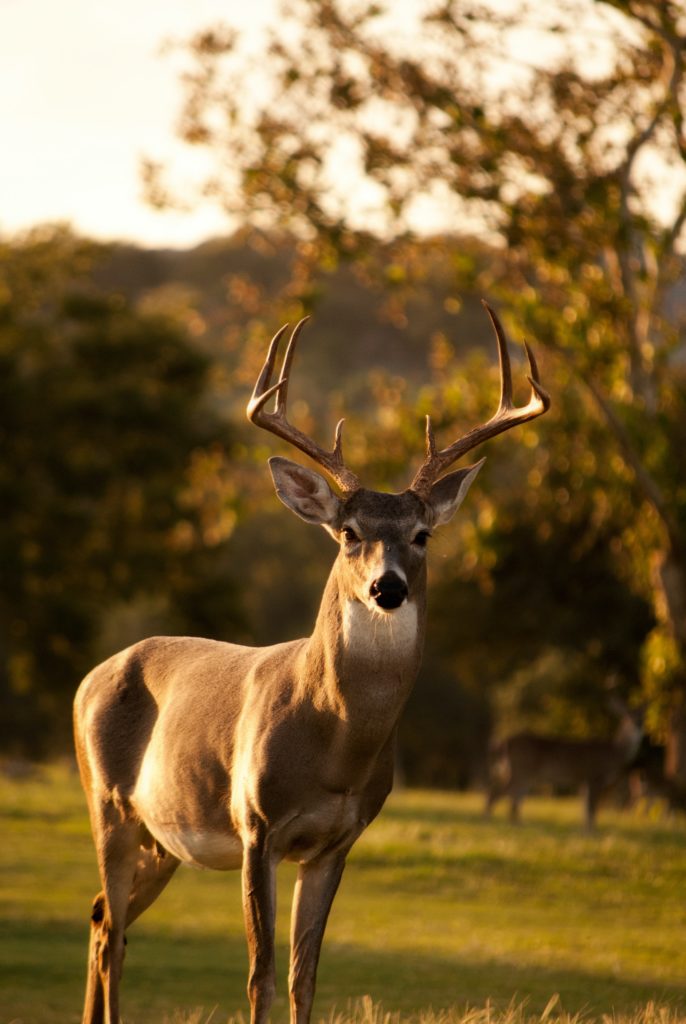
Wildlife activities should be fun and rewarding. They should provide a benefit to the wildlife that inhabit your property, and should result in a more attractive property for the wildlife you’re managing for – that’s the goal, anyway. Approved Wildlife Management activities have been carefully designed by the Texas Parks & Wildlife Department, so when conducted, they have the desired impact.
Landowners in Wildlife Management must conduct 3 activities out of the 7 Wildlife Management activity categories, and these activities must come from 3 different categories (for example: habitat control, supplemental food, and census). If you fail to complete your 3 activities, you miss out. Not only on the intended results of a more attractive, healthy, and wildlife-friendly property, but you also run the risk of losing your special valuation or “exemption”, and lower property taxes.
If you’re behind for this year in your qualifying activities, know that you are not alone. And don’t worry, there’s still time to get caught up. Here are some examples of a few simple, seasonally appropriate management activities that you can do yourself, or hire Plateau to complete. Get some of these done, and sleep better knowing you have done right by your property, and by the guidelines of your wildlife management exemption.
- Winter Bird Survey: One of the most popular “catch-up” activities. A survey can be completed by Plateau staff in a single day and qualifies as your census count activity for the year. November is a great time of year for a survey because a whole different set of bird species can be found on your property during winter. You’ll learn a lot about your property and check a compliance box at the same time. Plus, they’re a lot of fun.
- Strip mowing: Maybe not the activity everyone thinks about, but for those of you with access to a tractor and shredder or big mower, this is a great time of year to mow some of those pastures. Check your wildlife plan or call your Plateau Biologist to discuss particulars of what is right and required for your property. In general, you’re going to mow one-third of an area leaving taller grass mixed in with shorter. This provides great supplemental shelter for winter birds and small mammals and prompts forb and native grass growth. Good stuff!
- Brush Piles: Use what you got! Did you cut some brush this year? If so, find some areas on your property and stack that stuff to provide shelter for all kinds of animals this winter. Some of our Spring birds begin to stage for their trip south this time of year. Watch your brush piles for this, because it is cool! You’ll begin to see brush piles come alive with tiny birds increasing daily. Then, just as quickly as they came, they’re off. But don’t worry, they’ll be back.
- Check those feeders and water sources: Or get them out on the ground with a couple of months left for your wildlife to use them. Feeders are great because it gives the landowner a tangible activity that is easy to report to the CAD. If water or food for wildlife was in your plan and you haven’t already, get it done. It’s better to get started now than not doing it all this year. If you have had these out on your property, then this is a good time to check on them and document your work. A few photos will go a long way when your county asks for a report of your activities.
Remember, wildlife management is activity-based, and care must be taken to maintain your status. It’s not meant to be overwhelming, but landowners do have to be active in their management. Don’t let it stress you out. Call Plateau and ask for help and guidance. We can help you either find activities that you can do yourself, or we can get you caught up by doing one or two for you.
“New and Proven Methods for Feral Hog Management” presented by Dr. John Tomeček, Associate Professor and Extension Wildlife Specialist for Texas A&M AgriLife Extension, was delivered during the 2023 Fall Landowner Webinar Series, presented by Plateau Land & Wildlife Management.
About Guest Presenter, Dr. John Tomeček: In his capacity as university faculty, Dr. Tomeček conducts research and outreach on issues of wildlife damage and disease, ecology of mesocarnivores, and effective management of human-wildlife conflict. He is Chair of the National Feral Swine Task Force, as well as the Texas Feral Swine Task Force. As leader of the Carnivore Ecology Laboratory, Dr. Tomeček and his team of graduate and undergraduate researchers work toward better understanding of carnivore ecology to inform management, and improve human-carnivore interactions. Much of this work focuses on expanding wildlife damage management efforts through a deeper understanding of carnivore ecology, and planning human activities to reduce or avoid conflict.
2024 WILDLIFE MANAGEMENT PLAN SALE
Property tax bills for 2023 should have already been received, or will be arriving soon, and now is a great time to review your property tax status for 2024. If you are a landowner in traditional Ag or timber, and are considering converting to Wildlife Management in 2024, we are now offering 10% off our plan pricing until November 30th, 2023.
Benefits of Wildlife Management: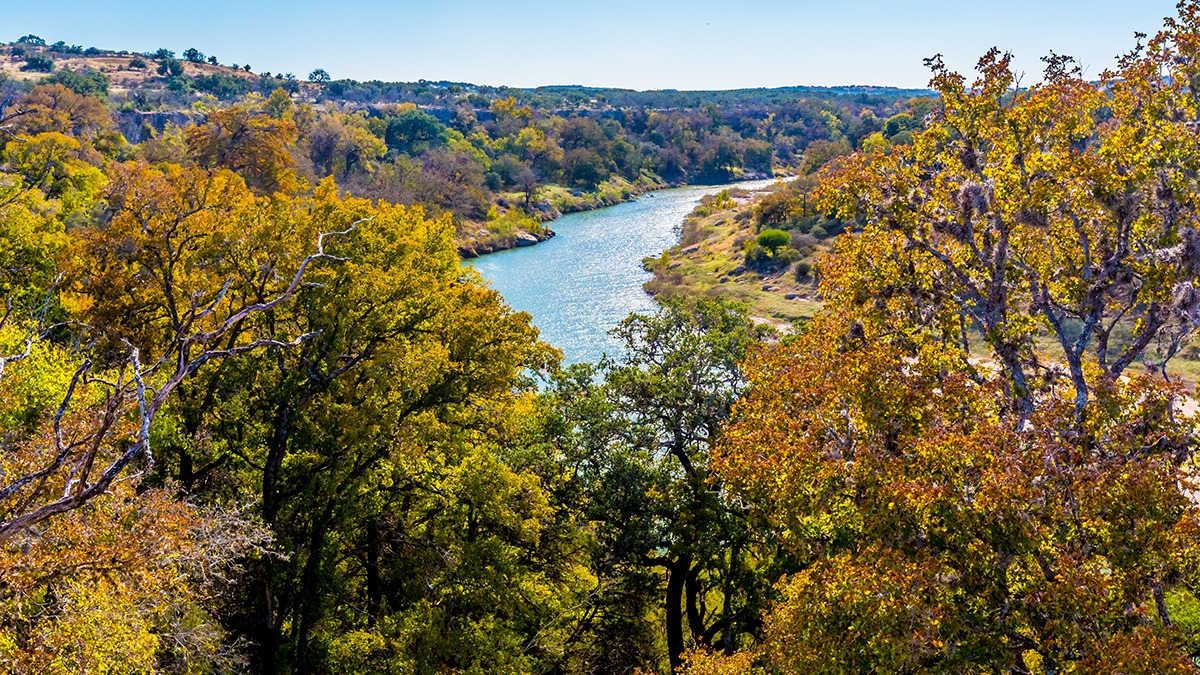
- Improved habitat & wildlife diversity
- No fencing or livestock requirements
- No timber harvesting requirements
- Same low property taxes as traditional Ag
- Multitude of management options
- Increased resale value
- Less time, stress & liability
Wildlife Management Plan Pricing:
- <30 acre property: reduced to $1,795.00
- 31-100 acre property: reduced to $2,065.00
- 101-200 acre property: reduced to $2,735.00
- >201 acre property priced per bid
If you’re ready to make the switch to Wildlife Management or have questions about what’s included in our Wildlife Management Plan, call (512) 894-3479 or email [email protected] to get a quote or learn more.
Legal Tools for Protecting Legacy Land & Limiting Liability
Guest Feature: Corina Rodriguez, Attorney At Law, Braun & Gresham
Braun & Gresham Attorney and Counselor, Corina “Cory” Rodriguez discusses tools for landowners to protect themselves from potential risks during this 15-minute, on-demand webinar. Cory provides considerations for utilizing and forming limited liability entities such as LLCs and Limited Partnerships (LPs).
About Guest Presenter, Corina “Cory” Rodriguez: Cory assists her clients with rural property needs, using both legal and practical advice, helping to secure land for future generations. She utilizes tools such as conservation easements, estate planning documents, business entities, real estate agreements, and many other strategies to achieve the clients’ goals. Cory’s passion for land stewardship stems from both her family’s long-standing ranching heritage and her undergraduate education in Agriculture Economics from Texas A&M University. She takes a holistic approach when addressing landowners’ needs by reviewing the state of their real estate interests, addressing any concerns at hand, and advising on how to protect their assets. Learn more or contact Cori here.
If you have questions or concerns about the formation and maintenance of an entity for your property, Braun & Gresham can help. The attorneys at Braun & Gresham can also advise on a multi-layered risk management plan to ensure you are guarded from potential liability. Please contact us at (512) 894-5426 or email [email protected].
News for Texas Landowners
KXAN
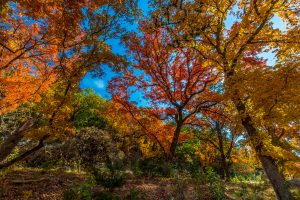
From mountains and canyons to forests and swamps, the vast scale of Texas provides so many natural wonders. Across the Lone Star State, there are 86 state parks, natural areas and historic sites currently operated by the Texas Parks and Wildlife Department. The first parks were opened to the public in the 1930s and the newest, Old Tunnel State Park, opened in 2012. TPWD also has plans to develop five sites into future state parks. Fairfield Lake State Park, meanwhile, closed to the public on June 4, after the property was sold to a private developer. TPWD splits the state into seven ‘natural regions,’ each of which is home to several state parks. The Prairies & Lakes region is home to 22 parks, more than any other region. The South Texas Plains region is home to the fewest, with seven parks. Across the system, state parks welcomed more than 9.2 million visitors in Fiscal Year 2023, a 4.3% decrease from the previous fiscal year. The Prairies & Lakes region recorded the most visitors, with more than 3 million across its 22 parks.
Texas Parks and Wildlife opens more mandatory CWD check stations as deer season begins
Texas Public Radio
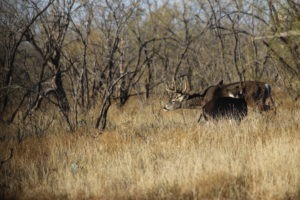
CWD or chronic wasting disease continues to be discovered in deer populations across Texas. Most recently, captive deer were discovered with the disease in Kimble County, prompting Texas Parks and Wildlife to open more mandatory CWD check stations. With deer hunting season upon us. It’s important for hunters to be aware of the requirements and do their part to help the state fight the disease. On this week’s episode of Weekend Insight, TPR’s Jerry Clayton speaks with Ben Olsen, a wildlife health specialist in Texas Parks and Wildlife Big game program.
Clayton: Tell us a little bit more about these check stations. They are mandatory, correct?
Olsen: Yes. So anywhere within one of our surveillance zones, any hunters that hunts within that zone, there are a couple of different rules associated with that. And part of that is any CWD susceptible deer,
Here’s what Texas can expect from a ‘historically strong’ El Niño winter
The Texas Standard

For the first time in five years, we’re on the verge of an El Niño winter. And not just any El Niño, according to the latest report from the National Weather Service: This year’s system could be historically strong, with some forecasters using the term “Super El Niño.” So what does this mean for Texas? Anthony Franze, newsroom meteorologist at the San Antonio Express-News, Texas Standard: Can you explain something just so that we’ve got some ground under our feet here? Folks have heard of El Niños. Folks have also heard of La Niñas. What’s the difference? Anthony Franze: It all has to do with the water temperature, basically, in the eastern Pacific Ocean near the equator. It sounds pretty, like, “Why does that matter?” But when the water in the eastern equatorial Pacific is much warmer than average, it can really shift the global weather patterns. And when that happens, we get different jet stream positions in the U.S., and that can cause pretty big weather changes here in Texas.
News Release for TPWD
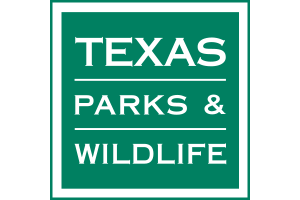
AUSTIN— Ballots have been tallied from election day and voters have made it clear— state parks matter to the people of Texas. Proposition 14, which creates the Centennial Parks Conservation Fund, passed with overwhelming support from Texas voters. The fund is made from a portion of state budget surplus and creates a dedicated funding stream for acquiring and developing state parks. “Today marks the beginning of a new chapter for Texas State Parks thanks to the unwavering support from the Texans who voted to adopt Proposition 14,” said David Yoskowitz, Ph.D., Executive Director of the Texas Parks and Wildlife Department. “This historic vote confirms the value Texans place on conserving outdoor spaces for the enjoyment of all Texans. “We are grateful for devoted advocates like Texas Coalition for State Parks for their continued support of this important legislation,” added Yoskowitz. “I also want to thank the Texas Legislature – especially Chairman Greg Bonnen, Chairwoman Joan Huffman, Senators Tan Parker, César J. Blanco, Sarah Eckhardt, Lois W. Kolkhorst and José Menéndez, and Representatives Armando Walle, Ken King…
Poison could help control feral hogs in Texas
Texas Public Radio
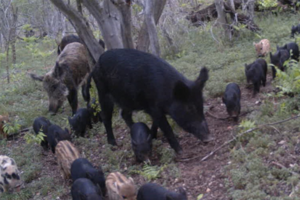
There are more than 3 million feral hogs in Texas. These animals have no natural predators, reproduce exponentially, and have caused more than $500 million a year in damage to property and other wildlife.Now, there may be a new tool in the effort to control their population. It’s a poison that contains warfarin, and a recent study has shown much promise.On this week’s edition of “Weekend Insight,” TPR’s Jerry Clayton spoke with Mike Bodenchuk, state director for the Cooperative Texas Wildlife Services Program, about the poison. Clayton: Can you give me a brief overview of your study? Bodenchuk: We developed a toxicant study to evaluate, produced to reduce landowner use of a warfarin based toxin for feral pigs. The legislature directed this in the last session in 2021, and we took two years to test this toxicant in multiple eco-regions, multiple seasons across Texas. Clayton: How safe is this method for other wildlife?…
Waterfowl Hunters Play Major Role in Helping Prevent Spread of Invasive Species
News Release for TPWD
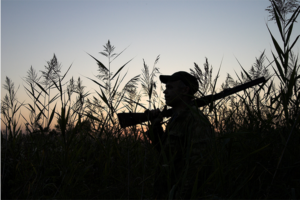
AUSTIN – Waterfowl season is on the horizon and as hunters across the state start prepping their gear and boats for opening day, the Texas Parks and Wildlife Department (TPWD) reminds them to join the fight against the spread of aquatic invasive species like giant salvinia and zebra mussels. Hunters play a pivotal part in preventing the spread of aquatic invasive species. By taking a few minutes to clean, drain and dry their boats and equipment, including decoys and other hunting gear, before traveling from lake to lake, hunters help keep these species from establishing new homes. Aquatic invasive plants can easily become entangled or trapped on boats and boat trailers and moved to other lakes. Giant salvinia, one of the most problematic aquatic invasive plants in Texas, can double in size and acreage in less than a week, quickly becoming a problem and impeding access for boats. Just a small fragment of giant salvinia or other aquatic invasive plants can cause an infestation in a new lake…
Texas Master Naturalist Program Celebrates 25th Anniversary
Texas A&M Today
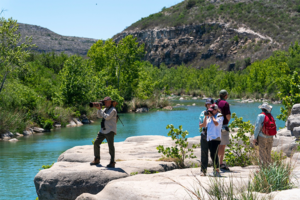
Over the last 25 years, 15,300 Texas Master Naturalists have left their mark on more than 256,000 acres of Texas landscapes. Their impact spans the humid tidal marshes of the Gulf Coast to the arid vistas of the Trans Pecos. And this passionate volunteer cohort of Texans has no intention of slowing down. Established in 1998 as a partnership between the Texas A&M AgriLife Extension Service and the Texas Parks and Wildlife Department, the Texas Master Naturalist program is the first naturalist program of its kind in the nation to be implemented on a statewide scale. It has served as the model for other states seeking to harness the power of volunteers for the benefit of natural resources.“We really pulled together the strengths of both agencies to create this program,” said Michelle Haggerty, Texas Master Naturalist state coordinator with the Texas Parks and Wildlife Department. The program is comprised of 49 chapters serving 213 counties across the state. Mary Pearl Meuth, Texas Master Naturalist assistant state coordinator…
Fear and worry shadow Texas oyster fishermen as another season begins with few reefs open
Texas Tribune
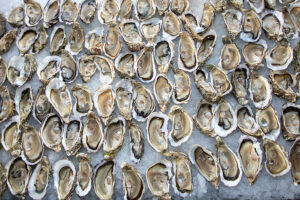
TEXAS CITY — The dreary, gray weather on Monday matched oysterman Johny Jurisich’s mood. This time of year, when workers prepare boats ahead of the Nov. 1 start to Texas’ oyster season, used to feel exciting. Now, it felt muted as the industry faced an uncertain future.Fishermen weren’t playing music, smiling or coating boats with fresh paint. None of them knew if they would make money in the coming weeks. Texas oysters have suffered from stronger storms and worsening droughts as the effects of climate change intensify. The state has increasingly closed public harvest areas where it considers oysters too small or too scarce, in an effort to protect them. Last year, the state opened only a small portion of the public reefs. Fishermen crowded into the available areas, catching what they could over a shortened season, then turned to other jobs to pay the bills. Still, the oysters didn’t recover. When state biologists sampled the public reefs in September and early October, they found enough large oysters to allow harvesting in just one area.
Texas Monthly
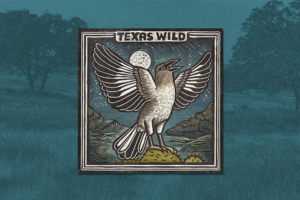
Right from the start of Texas Wild, it’s clear that the musicians involved in this compilation album wanted to do something different. A minute into the opening track, tejano great Augie Meyers’s “(Hey Baby) Que Paso,” Houston rappers Fat Tony and Paul Wall break from a soulful chant of the song’s bilingual chorus into hip-hop rhymes that build upon Meyers’s original lyrics. This ain’t your grandfather’s Texas music, y’all. The eleven-song collection features Texas musicians covering well-known songs by Lone Star songwriters—but you’ve never heard these tunes quite like this. And that’s largely the point. Assembled to raise awareness of state parks by the Texas Parks & Wildlife Foundation, Texas Wild seeks to “engage new and diverse audiences in outdoor recreation,” says Anne Brown, the foundation’s director.
‘The most imperiled ecosystem’: Grassland wildlife declining in West Texas, Great Plains
Lubbock Avalanche Journal
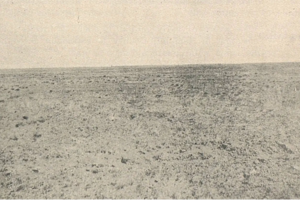
A reflection of the planet’s increasingly volatile climate and the enduring influence of industrial interests, North American grasslands find themselves at the epicenter of one of the most severe biodiversity crises on the planet. Formerly a vibrant mosaic of life — teeming with migratory birds, diverse fauna herds and formidable predators — the Great Plains and its dwindling wildlife serve as a reminder of the delicate balance essential to sustain ecosystems while also supporting the success of industries necessary for the regional economy and human coexistence. Data indicates that, in the past century, over 60% of native grasslands, totaling 360 million acres, have vanished. Adding to this, another 125 million acres are at risk in the foreseeable future as warming temperatures create opportunities for expanded agriculture in the Northern Great Plains…
Texas Highways
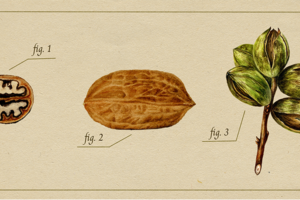
After a remarkably dry summer, the beloved state nut’s future is at risk. Dust flies up from the wheels of Mark Walls’ UTV on a hot mid-September morning as he drives through the 300 acres of pecan trees that his granddad, a bespectacled dentist named Edmund “Doc” Darilek, planted in Seguin in 1958. The town, roughly 40 miles northeast of San Antonio, bills itself as the “Pecan Capital of Texas,” and Darilek was a founding father of sorts: In the 1960s, he installed a 1,000-pound concrete pecan beside its courthouse and helped orchestrate its first Pecan Festival. Walls’ mother, Sarah Darilek, was crowned Pecan Queen. That legacy is on Walls’ mind as he drives. Pecans pop beneath the tires, but they aren’t supposed to be on the ground this time of year. Once a week over the summer at his farm 38 Pecans, Walls filled up a 300-gallon tank on his trailer to water his 80 youngest trees. But it wasn’t enough to get them through the summer’s crushing drought. Nearly half his young trees, plus 61 mature ones, have died…
Odessa American
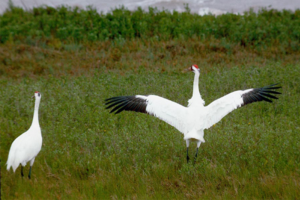
On Nov. 1, the first pair of whooping cranes of the year were spotted flying toward the Aransas National Wildlife Refuge on the southwest side of San Antonio Bay. Their arrival is about 10 days later than last year, but well within the typical arrival window, according to Kevin McAbee, U.S. Fish and Wildlife Service Whooping Crane Coordinator. “It is always exciting when the first whooping cranes complete their fall migration and arrive in Texas,” McAbee said in a news release. “Flying during the day and resting at night, they have worked hard to reach their winter home in coastal Texas.” As the iconic birds continue making their way across the state on their way to the coast, the Texas Parks and Wildlife Department (TPWD) reminds Texans to be on the lookout for this endangered species.“Whooping cranes have spent all summer nesting and raising chicks in and around Wood Buffalo National Park in northern Canada,” said McAbee. “Now they are completing the approximately 2,500-mile journey south to their wintering grounds in Texas, a migration that can take up to 50 days.”
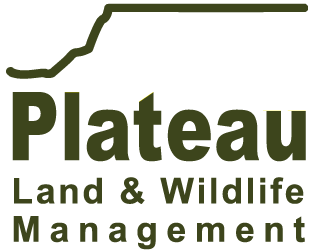




Sorry, the comment form is closed at this time.